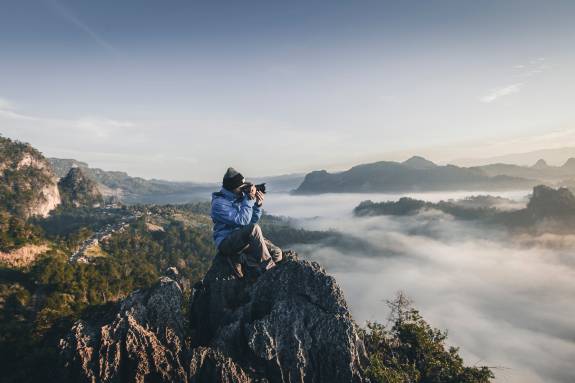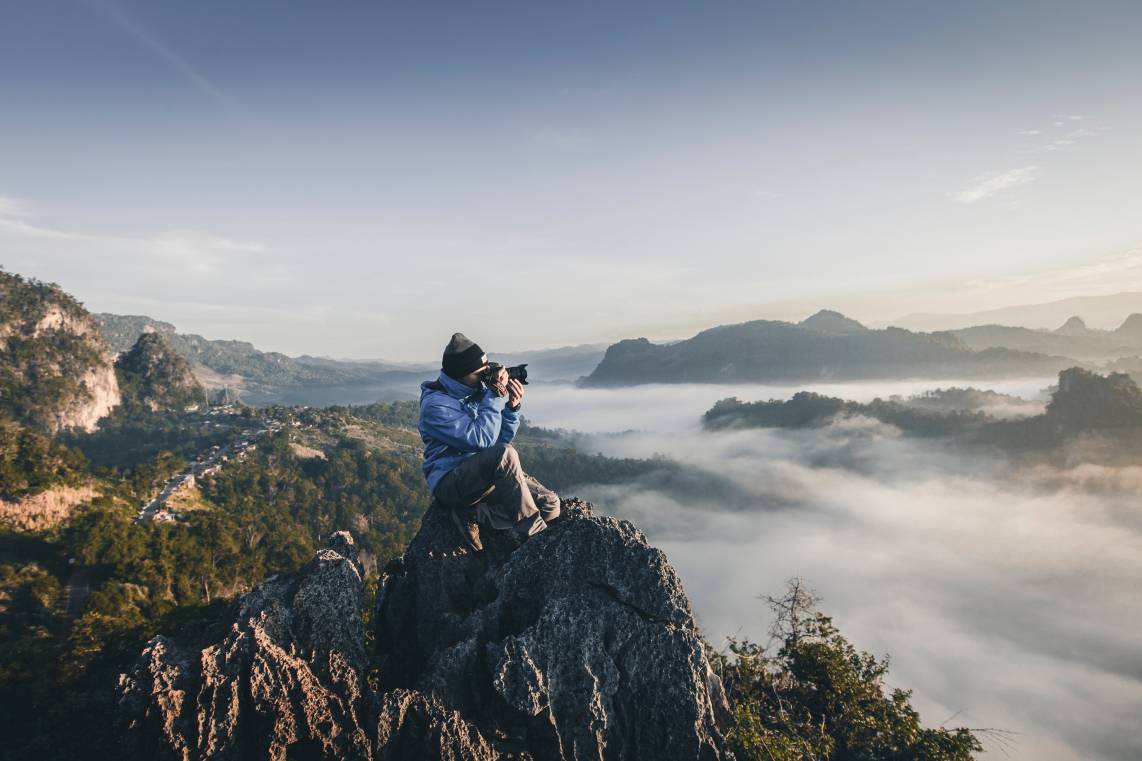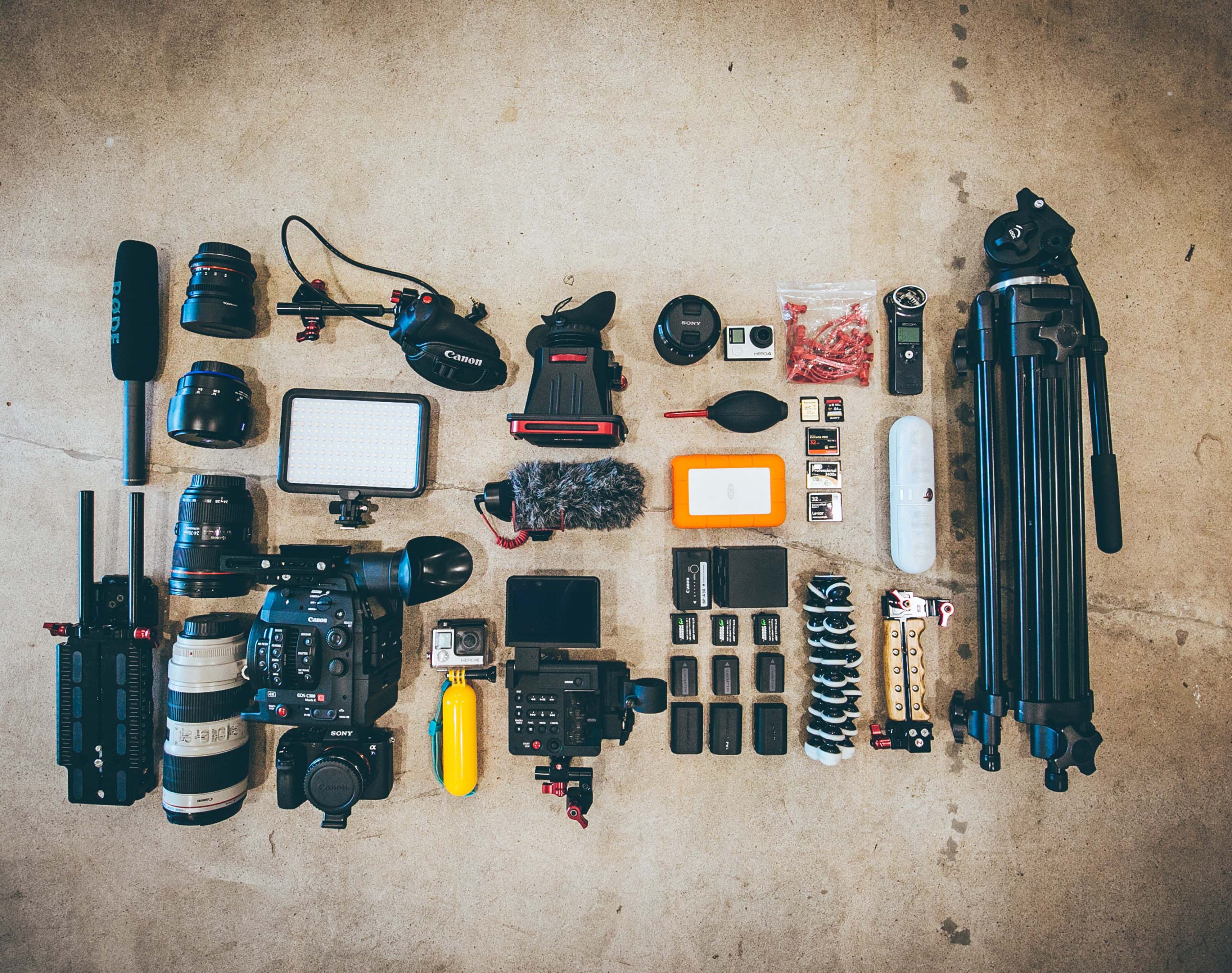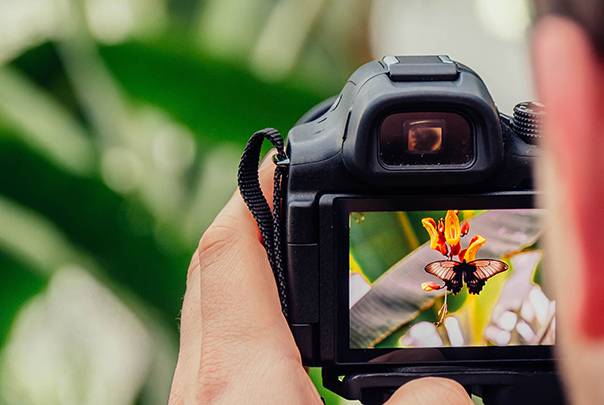

Tips on how to become a great travel photographer
02.11.2021What is travel photography?
While it is quite difficult to put such a form of art into a couple of words, generally travel photography is the art of capturing the beauty, complexity or story of a destination through images. It is a broad photography genre, covering many other subgenres such as portrait, street, landscape, or architecture photography.
Great travel photographers are well versed in many subgenres and can take stunning photographs in any location, thus it’s no wonder that travel photography requires much upfront preparation, flexibility, and sometimes even daring.
Through travel photography, artists are able not only to capture the beauty and awoke curiosity but also to tell a story of a place through their eyes.
What is travel photography?
While it is quite difficult to put such a form of art into a couple of words, generally travel photography is the art of capturing the beauty, complexity or story of a destination through images. It is a broad photography genre, covering many other subgenres such as portrait, street, landscape, or architecture photography.
Great travel photographers are well versed in many subgenres and can take stunning photographs in any location, thus it’s no wonder that travel photography requires much upfront preparation, flexibility, and sometimes even daring.
Through travel photography, artists are able not only to capture the beauty and awoke curiosity but also to tell a story of a place through their eyes.

What skills do you need to be a Travel Photographer?
- Organisational skills – you should be able to perfectly plan your shoots.
- Quick thinking – while travelling there might be moments when you’ll have to be quick on your feet to avoid issues or to capture that one-of-a-kind shot.
- Strong Visual Analysis – you need to have an eye for composition and be able to notice interesting patterns, objects or places.
- Strong Social Skills – many travel photographers sooner or later choose to take pictures of local people to better represent the destination, thus, good social skills are a must.
- Be Comfortable in Your Own Company – most travel photographers embark on their trips alone as taking quality pictures takes time.
- Be Committed – precisely because great photos take time, travel photographers have to be committed to the craft. They might need to get up early, go on long hikes, or endure the elements.
- Love travel – it’s in the name. Even as a travel photographer you do not need to always be on the road, the love for travel will shine through your images.
How to travel with photography gear?
Photography gear is expensive, so travel photographers always take good care of their tools during trips. One of the main things you have to take into consideration when planning your photography travel is to find the right bag for the gear according to the means of transportation.
While travelling by car can offer greater flexibility to pack all the gear you need, many people still choose to travel by plane because it’s simply faster to reach a destination.
When travelling by air, photographers should consider whether they will bring their gear as a carry-on bag or will it travel as checked luggage.
CARRY-ON BAGS. If you have decided to carry your photography gear onto the plane with you, check with your specific airline to discover their carry-on requirements. Make sure your bag fits the size and weight requirements – camera gear takes space and can get quite heavy, so make sure the airline will allow you to take the bag onboard.
CHECKED BAGS. If you are travelling with a lot of gear and add-ons, checked bags are often the best and only choice. To avoid the hassle of checking in at the airport, always make sure to choose a smart check-in option and do it online if possible. With some regular, as well as charter airlines such as SmartLynx, online check-in is offered and allows passengers to order extra baggage in case more gear will be needed.
For checked baggage, there are many options on the market to protect your gear during the journey from check-in to baggage claim. Always make sure to select a bag that is designed specifically for camera gear.
While travelling at the destination, you should also have a comfortable travel photography backpack that can hold your gear, accessories, as well as some additional items like water bottles, snacks, etc.

5 things to consider before taking great travel photos
Time of day/season
The time of day can drastically change how a location looks. Golden hours, the time shortly after sunrise or before sunset, offer the most gorgeous soft light, no harsh shadows, and a warm feel to the picture. Midday sun offers strong contrast, harsh shadows and often ends up looking flat, while the time just after the sunset can look ‘blue’ or dull in pictures. Time of day is also important if you’re looking to take pictures of a calm and serene cityscape, empty streets and tourist-free monuments. Early mornings are probably your best option to get the shot you want.
Time of year is also extremely important when planning your next photography trip. While many locations are photogenic all year-round, some are exceptional during autumn with a palate of fiery coloured trees, or in spring with cherry blossoms snowing from the branches. In peak seasons, you should avoid tourist beloved locations if you are aiming for calm and relaxed pictures.
Location
Experienced photographers know that location scouting is a very important part of travel photography. Aside from well-known nature locations, popular tourist attractions and monuments, make sure to search for lesser-known gems. Dive into forums, find local guides who could share their secrets, or search for inspiration in the work of other photographers.
Composition
Before rushing into the field, make sure you know what will look good. Take your time getting to know photography composition rules and how to break them, what looks best in specific scenarios, and how to achieve the look you want. Some of the best pictures are taken on the spur of the moment and with no planning on composition in mind, yet many still rely on the golden ratio, the rule of thirds, or leading lines.
Preparation
While it would be great if we could just get up and go take pictures, travel photography requires quite a lot of up-front preparation. You have to think about appropriate clothing, consider any additional gear you might need – such as SD cards or batteries – decide how this would all be packed and how you’ll reach the location.
Planning is key.
Research
There are many things you have to know before you embark on a photography journey. Local customs and laws you must not break, are there strict clothing rules you have to follow, or places where one should not go? When taking pictures in different countries, make sure to get familiar with how you should act there.
What to take pictures of while travelling?
Beautiful nature
One of the most common travel photography subgenres is landscape photography. Powerful mountains, luscious forests, glistering icebergs, and breath-taking corals – the wonders of nature can be found everywhere, you just have to look.
Pro-tip. Look for unique places or look at the popular ones from a different angle. There’s a popular cave? Take a picture from inside. Everybody’s taking the same picture of a mountain? Put the focus on a specific tree or plant with the mountain behind it. Get creative.
City life
Small beautiful streets, local vendors, unique businesses – many destinations are live with action and colour. Cities are rich with architecture, modern as well as historic, famous monuments, contrasts, unique details and objects – one-of-a-kind moments that cannot be replicated anywhere else. Be bold and brave, capture real life and real situations, but always make sure to remain respectful.
Local people
While travelling you are sure to run into some interesting characters. Remember, respect is key! Make sure to always ask permission first, even if it is a street performer. Many photographers tip performers, buy something from vendors, or just have a small chat with the stranger before asking them for a picture. If they say no, remain polite and move on. And if they agree, then capture their image looking natural and inattentive. Keep the background as clear as possible; however, if the surroundings complement the image, feel free to include them.
Travel photography is a wonderful way to capture the essence of a destination through images. Regardless if you’re a travel photography hobbyist, professional or just want to take amazing vacation photos during your trips, we hope that these few tips will help you along your travel photography journey.
Socios a largo plazo de ACMI










